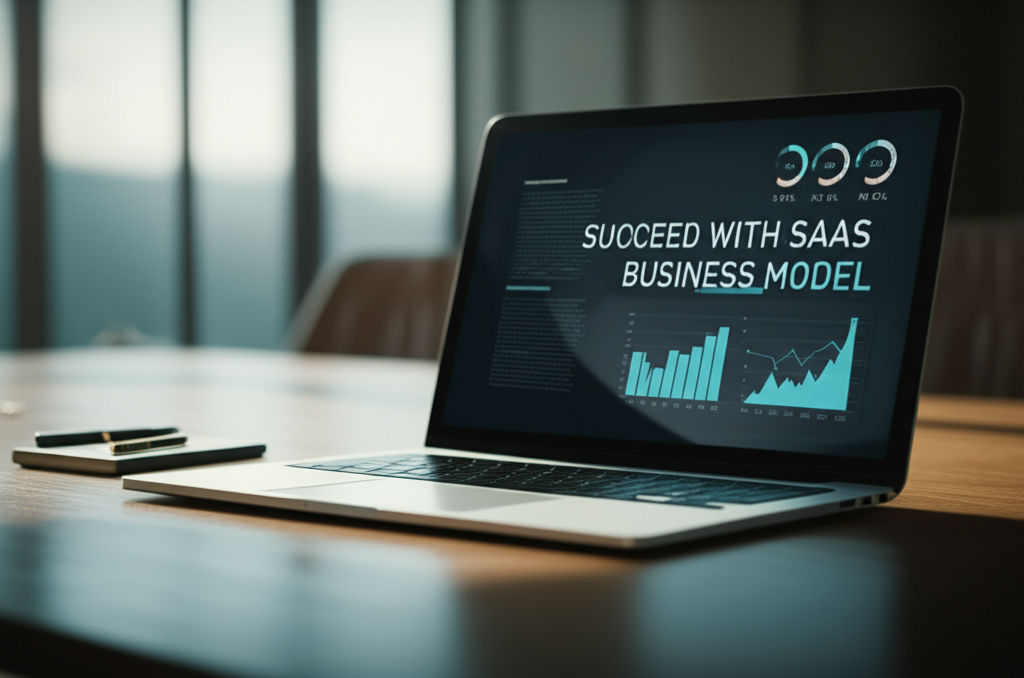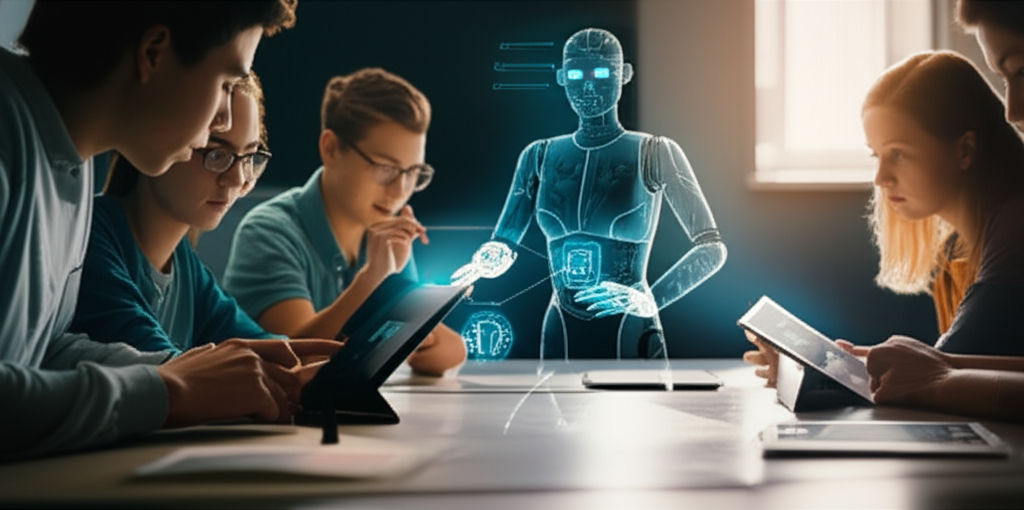Protect Your Intellectual Property
Emily Willis

Photo: Protect Your Intellectual Property
Innovation, creativity, and unique ideas are the lifeblood of progress, driving economies and shaping our daily lives. From the latest smartphone technology to the memorable jingle of your favorite advertisement, these creations are not just fleeting thoughts; they are valuable assets, collectively known as intellectual property (IP). Protecting your intellectual property is paramount in today's interconnected world, safeguarding your creations from unauthorized use and ensuring you reap the rewards of your ingenuity. This comprehensive guide will demystify intellectual property, explain its various forms, and provide actionable strategies for robust IP protection.
What is Intellectual Property and Why Does it Matter?
At its core, intellectual property refers to creations of the mind—inventions, literary and artistic works, designs, and symbols, names, and images used in commerce. Unlike physical assets, IP is intangible, yet it holds immense commercial value, representing the culmination of time, effort, and often significant financial investment.
Defining Intellectual Property
Think of IP as an umbrella term encompassing various legal rights that grant creators and owners exclusive control over their unique creations. These rights allow them to profit from their work and prevent others from copying, using, or selling it without permission. The primary categories of intellectual property protection are patents, copyrights, trademarks, and trade secrets. Understanding each type is the first step toward effective IP protection.
The Value of Your Ideas
Why is protecting intellectual property so crucial? For individuals and businesses alike, IP is often their most valuable asset, even if it doesn't have a physical form. Consider these benefits of robust IP protection:
- Competitive Advantage: Protecting your unique innovations, products, and services creates barriers to entry for competitors, giving you a distinct edge in the marketplace.
- Income Generation: IP rights can be licensed, sold, or used as collateral, opening up diverse revenue streams and increasing the market value of your business.
- Brand Loyalty and Reputation: Trademarks, for instance, build brand identity and trust with consumers, ensuring they recognize and return to your products or services.
- Attracting Investment: A well-protected IP portfolio demonstrates a business's foresight and value, making it more attractive to investors and potential buyers.
- Legal Recourse: In the unfortunate event of infringement, holding registered IP rights provides the legal standing to pursue action against those who violate your ownership.
Without proper intellectual property protection, your hard work and ingenuity could be easily exploited, leading to significant financial losses and reputational damage.
The Pillars of IP Protection: Understanding Your Options
Different types of intellectual property require different forms of legal protection. Navigating these options is key to safeguarding your creations effectively.
Copyright: Protecting Original Works of Authorship
Copyright is a legal term that grants creators exclusive rights over their literary and artistic works. This form of IP protection applies to a vast array of creative, intellectual, or artistic forms, typically for the creator's lifetime plus 70 years.
What Copyright Covers
Copyright automatically arises upon the creation of an original work. It covers:
- Literary Works: Books, articles, poems, plays, software code, and other written content.
- Artistic Works: Paintings, drawings, sculptures, photographs, and architectural designs.
- Musical Works: Compositions, songs, musical scores, and performances.
- Audiovisual Works: Films, TV shows, commercials, and other video content.
It's crucial to note that copyright protects the expression of an idea, not the idea itself. For instance, you can copyright a specific novel, but not the general concept of a love story.
How to Secure Copyright Protection
While copyright protection is automatic upon creation, registering your work with the U.S. Copyright Office offers significant advantages, including:
- Public Record: Creates a public record of your copyright claim.
- Legal Evidence: Provides stronger legal evidence of ownership in infringement disputes.
- Statutory Damages: Allows you to seek statutory damages and attorney's fees in successful infringement lawsuits, which can be far more substantial than actual damages.
- Ability to Sue: You generally cannot sue for copyright infringement in federal court until your work is registered.
For digital content, consider implementing copyright notices (e.g., © [Year] [Your Name/Company]), and for online works, be prepared to issue Digital Millennium Copyright Act (DMCA) takedown notices if infringement occurs.
Trademarks: Guarding Your Brand Identity
Trademarks are distinctive symbols, names, phrases, logos, or other identifiers used to distinguish the source of goods or services from others in commerce. They are vital for brand protection, helping consumers recognize and choose products or services they trust. Unlike patents and copyrights, trademarks can last indefinitely, as long as they are continuously used and renewed.
What a Trademark Protects
A trademark protects elements that identify your brand and prevent consumer confusion. This includes:
- Words and Phrases: Company names (e.g., Google), product names (e.g., iPhone), slogans (e.g., "Just Do It").
- Logos and Designs: The Nike "swoosh," the Apple logo.
- Sounds and Colors: Think of distinctive sounds or specific color palettes associated with a brand.
A strong trademark is unique, memorable, and not easily confused with existing marks.
The Trademark Registration Process
While common law trademark rights can arise from simply using a mark in commerce, federal registration with the U.S. Patent and Trademark Office (USPTO) provides nationwide legal protection and significant benefits:
- Conduct a Thorough Search: Before applying, search the USPTO database and common law sources to ensure your desired mark isn't already in use and avoid infringing on others' rights.
- File an Application: Submit an application to the USPTO, detailing your mark, the goods/services it covers, and providing specimens of its use.
- Examination and Publication: The USPTO examines your application for compliance with legal requirements. If approved, it's published for opposition, allowing others to challenge it.
- Registration and Maintenance: If no valid opposition is filed, your trademark is registered. Regular maintenance filings are required to keep the registration active.
Patents: Safeguarding Your Inventions
A patent is an exclusive right granted for an invention, allowing the patent owner to decide how—or whether—the invention can be used by others for a limited period, typically 20 years from the filing date. In exchange for this right, the inventor makes technical information about the invention publicly available. Patents are crucial for protecting technological innovations and securing a competitive edge.
Types of Patents
In the U.S., there are three main types of patents:
- Utility Patents: Protect new and useful processes, machines, articles of manufacture, compositions of matter, or any new and useful improvement thereof. This is the most common type and covers how something works or is made.
- Design Patents: Protect the ornamental design of an article of manufacture. This covers how something looks, not how it functions.
- Plant Patents: Protect new and distinct varieties of asexually reproduced plants.
The Patent Application Journey
Obtaining a patent is a complex and often lengthy process, typically taking 2 to 3 years:
- Invention Disclosure: Document your invention thoroughly, including drawings and detailed descriptions.
- Patentability Search: Conduct a comprehensive search to determine if your invention is truly novel and non-obvious, a critical step to assess the likelihood of obtaining a patent.
- Provisional Application (Optional): A provisional patent application can be filed to establish an early filing date, giving you 12 months to file a full non-provisional application while using "patent pending" status.
- Non-Provisional Application: Submit a detailed application to the USPTO, including claims that precisely define the scope of your invention.
- Examination: A patent examiner reviews your application against prior art and legal requirements. This often involves back-and-forth communication to refine claims.
- Grant: If successful, the patent is granted, providing you with exclusive rights for the patent term.
Given the complexity, consulting an intellectual property lawyer or patent attorney is highly recommended for patent applications.
Trade Secrets: The Unsung Heroes of Business Advantage
Trade secrets encompass confidential business information that provides a competitive edge because it is not generally known to the public. Unlike patents, copyrights, or trademarks, trade secrets are not registered and are protected solely by the owner's efforts to keep them secret.
What Qualifies as a Trade Secret
A trade secret can be virtually any information that meets three criteria:
- Secret: It is not generally known or readily ascertainable by others.
- Commercial Value: It derives economic value from being secret.
- Reasonable Steps to Maintain Secrecy: The owner takes reasonable measures to keep it secret.
Examples include:
- Formulas and Recipes: The Coca-Cola formula.
- Manufacturing Processes: Proprietary production methods.
- Customer Lists: Highly guarded client databases.
Latest ✨
View AllAI is revolutionizing education! Unlock personalized learning, empower teachers, and create a truly accessible future for every student.
Emily Willis
The text discusses the importance of mental training and psychological strategies in enhancing athletes' performance. It covers various techniques such as goal setting, visualization, positive self-talk, mindfulness, and focus and concentration. The role of mental toughness in overcoming challenges and performance anxiety is also highlighted. The benefits of mental training include improved performance consistency, confidence, stress management, and faster recovery from setbacks. The text emphasizes the need for coaches and sports psychologists to integrate mental training into athletic programs and provides real-life examples of successful athletes who have benefited from mental preparation. In conclusion, the text encourages athletes to embrace mental training to unlock their peak performance potential and thrive in competitive sports environments.
Emily Willis
Global citizenship: The core future education for shared humanity & interconnectedness. Build a just, peaceful, and sustainable world.
Emily Willis
recent surge in inflation globally, leading to rising prices of goods and services and impacting people's purchasing power and economic stability.
Emily Willis
Business
View All
June 9, 2025
Succeed with SaaS Business ModelMaster the SaaS business model! This guide reveals strategies for building a thriving enterprise, from understanding the landscape to achieving product-market f...
Emily Willis

June 8, 2025
Optimize Your Supply ChainOptimize your supply chain for business success! Learn strategies to cut costs, boost efficiency, & satisfy customers with our comprehensive guide.
Emily Willis

August 5, 2024
Tips for Maintaining a Balance Between Work and Personal LifeAchieving a healthy work-life balance is essential for overall well-being, productivity, and happiness. Setting clear boundaries, prioritizing self-care, managing time effectively, nurturing relationships, and learning to unplug are key strategies to maintain this balance. It is important to communicate your needs effectively, seek support, and delegate tasks when necessary.
Emily Willis
Economy
View AllExplore the vital role of financial regulators, the unsung heroes who protect your savings, prevent crises, and ensure a stable, thriving economy.
Read MoreUnlock the secret of price elasticity! Learn how price changes affect demand, revenue, and your everyday purchasing decisions. Essential for businesses & shoppe...
Read MoreInfrastructure development is crucial for driving economic growth and regional integration by improving connectivity, facilitating trade, and enhancing quality of life. Investments in transportation networks and digital infrastructure support businesses in accessing larger markets and capitalizing on trade opportunities. Well-developed infrastructure simplifies trade processes and attracts industries to specific regions, promoting economic development. Access to essential services and urban infrastructure improves quality of life and fosters sustainable urbanization. Green infrastructure projects support environmental conservation and contribute to sustainable development goals. Overall, strategic investments in infrastructure are essential for building resilient, inclusive, and prosperous communities in the global economy.
Read MoreEntertainment
View All
August 5, 2024
Video Games: Enduring Appeal, Immersive Worlds, and Diverse Genresenduring appeal of video games, highlighting their ability to transport players to fantastical realms, challenge their minds, and foster connections with others. It explores the magic of immersive worlds, the vast array of genres available, and the social power of gaming.
Emily Willis

August 4, 2024
Social Media's Influence on Celebrity Culture: Trends and ImpactsSocial media has revolutionized celebrity culture by enabling direct fan engagement, promoting authenticity, and creating new trends such as influencer marketing and digital content creation.
Emily Willis

August 4, 2024
Recommended Movies and TV Series to Watch This Yearlist of recommended movies and TV series to watch this year. The movies include "Dune: Part Two," "Spider-Man: No Way Home," "The French Dispatch," "No Time to Die," and "Encanto." The TV series include "Stranger Things: Season 4," "The Mandalorian: Season 3," "The Witcher: Season 2," "Ted Lasso: Season 3," and "Loki: Season 2." Each entry includes reasons to watch, such as stellar cast, visually stunning cinematography, engaging plot, and character development.
Emily Willis
Health
View AllQuality sleep is essential for overall health and well-being, impacting physical, cognitive and emotional functioning. Lack of quality sleep can lead to a variety of health issues, including weakened immune function, heart problems, weight gain and cognitive impairment.
Emily Willis
Heart disease is a leading cause of death globally, but early detection and prevention strategies can reduce its impact. This article discusses the importance of early detection, common risk factors, preventive measures, and lifestyle changes for heart health. Understanding heart disease, recognizing symptoms, and undergoing regular screenings are crucial. Common risk factors include high blood pressure, high cholesterol, diabetes, smoking, obesity, physical inactivity, and family history. Symptoms of heart disease include chest pain, shortness of breath, fatigue, irregular heartbeat, and swelling. Diagnostic tests and screenings include blood pressure measurement, cholesterol screening, blood glucose test, ECG, stress test, and imaging tests. Preventive measures include adopting a heart-healthy diet, regular physical activity, quitting smoking, managing stress, maintaining a healthy weight, and limiting alcohol consumption. Medications and treatment options may be necessary for individuals at high risk or diagnosed with heart disease.
Emily Willis
significance of mental health awareness in today's fast-paced world. It discusses the importance of understanding mental health, breaking down stigma, and promoting positive mental health practices.
Emily Willis
Trending 🔥
View All
1
2
4
5
6
8
9
10
Sports
View AllAugust 4, 2024
The Importance of Mental Training and Psychological Strategies in Helping Athletes Reach Their Peak Performance on the Field
Read MoreAugust 4, 2024
Sports Technology Innovation: Revolutionizing Training and Performance Analysis
Read MoreAugust 5, 2024
Inclusive Playing Field: Creating a Welcoming and Accessible Sports Environment
Read MoreAugust 4, 2024
Benefits of Cross Training for Athletes: Improves Performance and Prevents Injuries
Read MoreTechnology
View All
August 5, 2024
The Impact of AI on the Future of Work and Education
AI is rapidly advancing and reshaping industries, economies, and societies, especially in the areas of employment and education. In the workplace, AI is changing roles through automation and creating new job opportunities. The future of work will most likely involve collaboration between humans and AI, requiring workers to develop new skills and engage in lifelong learning.

August 5, 2024
Challenges and Barriers in Adopting Blockchain Technology
Blockchain technology has the potential to revolutionize industries with its decentralized and transparent nature, but widespread adoption faces challenges such as scalability issues, interoperability, security concerns, regulatory uncertainty, lack of standards, cost and resource intensiveness, and user experience and education.

August 4, 2024
Data Security in the Digital Era: Challenges and Solutions
importance of data security in the digital age, highlighting challenges such as cyberattacks, human error, weak passwords, and outdated systems. It also provides solutions to enhance data security, including encryption, strong password policies, multi-factor authentication, regular software updates, employee training, access controls, data backup, incident response plans, security audits, and advanced security technologies. These measures are essential for protecting sensitive information and preventing unauthorized access and breaches.

August 4, 2024
Sustainable Technology: The Key to a Greener Future
sustainable technology in addressing environmental challenges and creating a more sustainable future.





















